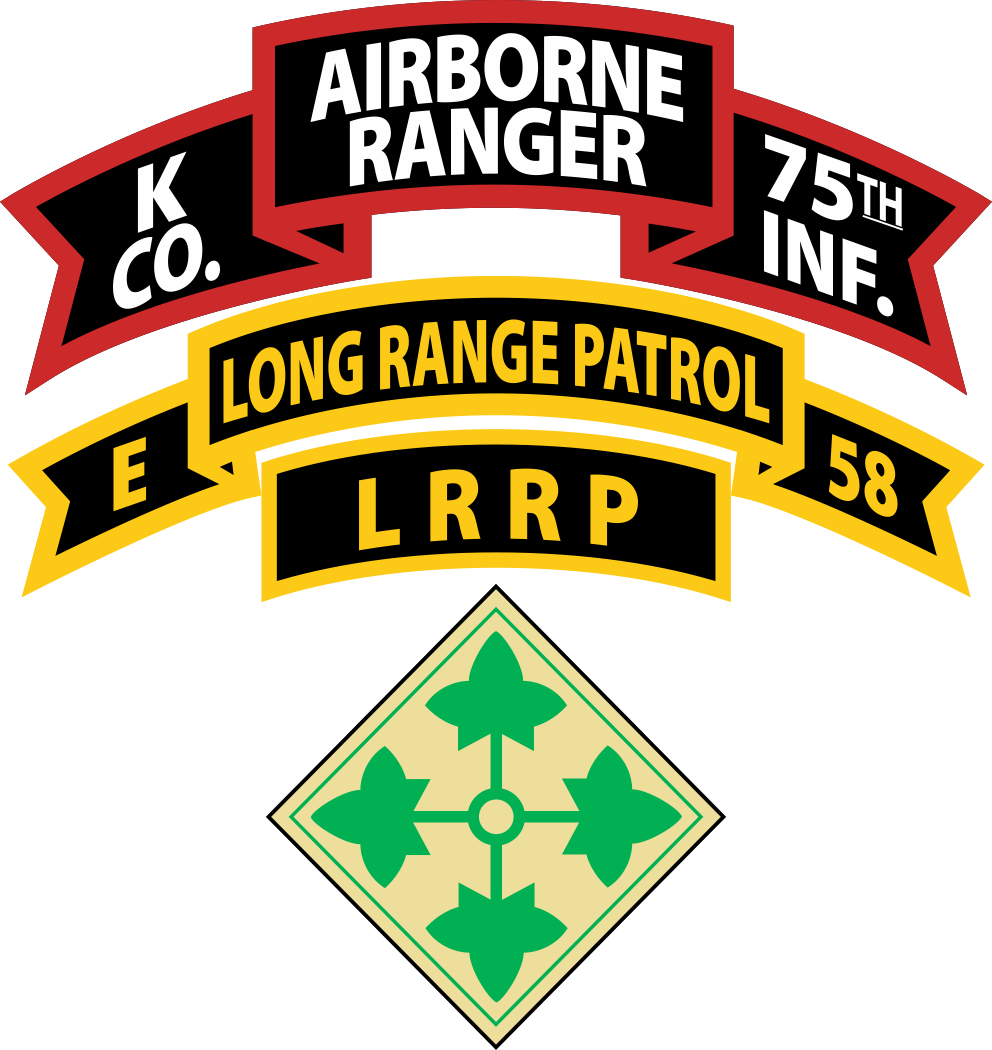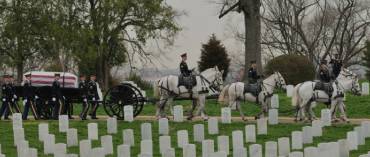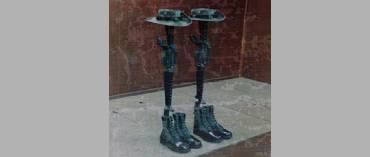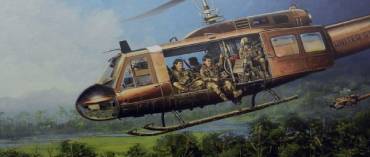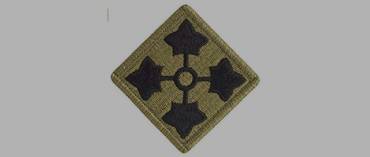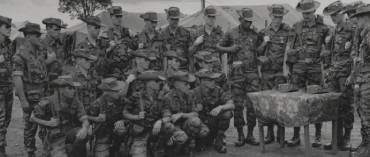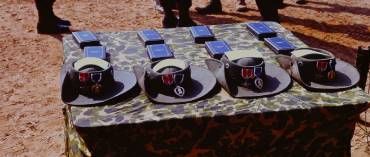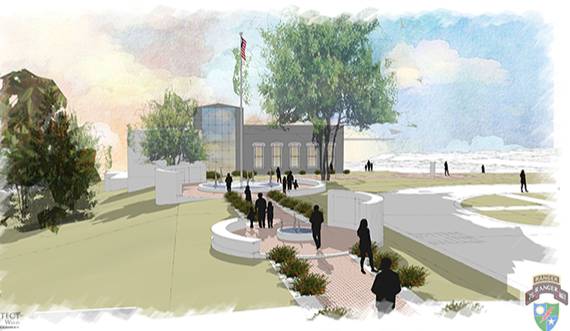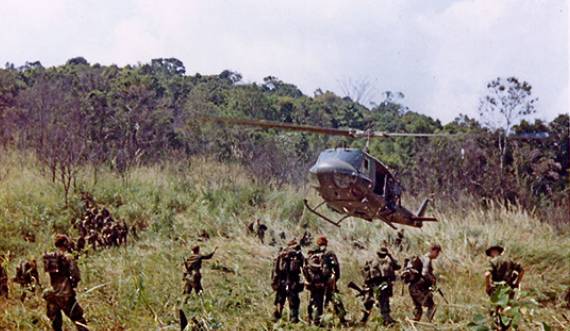This website has been created to remember, honor and recognize the efforts of the men of the Vietnam Era 4th Infantry Division Special Ops, including but not limited to LRRP, LRP, Rangers, Recon. It is our sincere determination to recognize every aspect of the Special Ops formed through E/58, Divisional LRRPs, Brigade LRRPs, and K Company 75th Infantry Rangers
Many people have contributed time, money, energy and mementos in order to preserve, perpetuate and remember our mission. We have tried to keep the history of our service and contributions alive. Check back often as new items are continually being added. Please contact us through the email contact for any reason. We hope you will also be a contributor and provide some of your mementos to share.
We sincerely hope this site provides you with the renewed memory, closure, the ability to locate a buddy or for whatever reason you have decided to view this site. Some of us thought of ourselves as ‘rag tag’ back then and maybe we were. Over the years it has become quite clear that we were actually the elite and some of the best the army had. We have become the lineage of the present day 75th Ranger Regiment and deserve to be proud, honored and remembered for the brave tour of duty we performed.
Welcome Home. Thank you for your service. God Bless America!
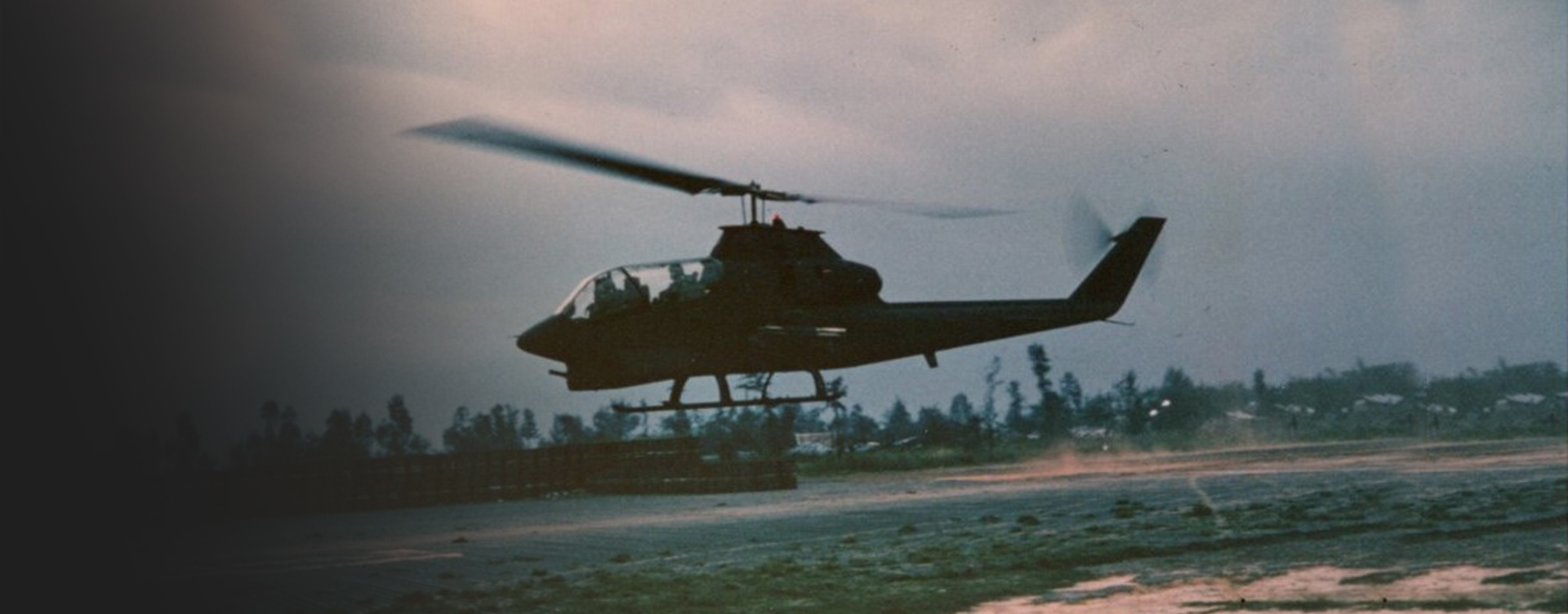
History
This History Deals With the Activities, Personnel
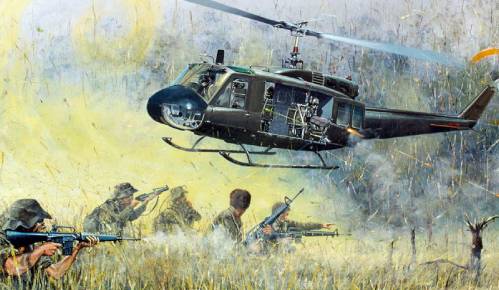
OUR HERITAGE
This history deals with the activities, personnel, and accomplishments of Company K (Ranger), 75th Infantry (Airborne), during the period 1 February 1969 through 10 December 1970, and briefly highlights the history of the units that preceded, and led to the establishment of Company K (Ranger), 75th Infantry (Airborne).
Modern Ideas About Patrols
World War II brought the concept of patrols working and living in the backyard of the enemy into the modern era. “Twenty men is a good number to work with, but 15 is better than 20, and at night 10 is better than 15,” declared British Brigadier Orde C. Wingate, organizer of the so-called Gideon Force, a fast-moving commando unit that adopted hit-and-run tactics during the North African campaigns early in World War II.
Wingate’s mercurial personality (later histories would call him — at best — mentally unstable. See Max Hastings Inferno: The World at War 1939-1945.— GPJ 11/5/19).”kept him at odds with the military establishment of his time, but the successes of the Gideon Force against the Italians in Sudan and Ethiopia proved to many that the concept of a lightweight force worked. Many military strategists of the time, firmly rooted in traditional warfare tactics, disregarded Wingate’s methods, but the British commando leader pursued the concept nevertheless. After he outlined his ideas on what he termed “long-range penetration” in a formal paper to the British high command, he was given another opportunity to put the concept into action in Burma in 1942.
Wingate believed that small groups of troops (small connoted brigade-size at that time), working in the rear of the enemy, supplied by air and in communication with main force commanders, could tie up enough enemy manpower to aid regular military operations within the theater. Wingate’s Raiders —more commonly known as Chindits —put his theory into practice during their operations against the Japanese in northern Burma in 1943. During this period the acronym LRP —long-range penetration —showed up in military parlance for the first time.
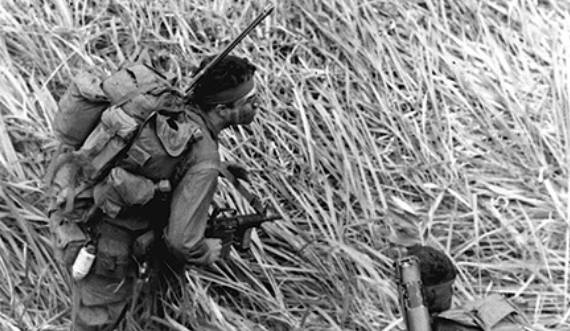
Evolution of the LRRPS
By Gary P. Joyce
Evolution of the LRRPS
Hunters and Trackers
The LRRPs were a link to America’s military past, but they would also become a bridge to its future.
“Let the enemy come till he’s almost close enough to touch. Then let him have it and jump out and finish him off with your hatchet.” That was one of the standing orders for Rogers’ Rangers in 1759 for combat operations during the French and Indian War in the forests of New England. More than two centuries later, that same approach would serve their successors well during combat operations in the jungles of Vietnam.

The Ranger
Creed
Rangers Lead the Way!!!
Recognizing that I volunteered as a Ranger, fully knowing the hazards of my chosen profession, I will always endeavor to uphold the prestige, honor, and high esprit de corps of my Ranger Regiment.
Acknowledging the fact that a Ranger is a more elite soldier who arrives at the cutting edge of battle by land, sea, or air, I accept the fact that as a Ranger my country expects me to move further, faster and fight harder than any other soldier.
America’s Ranger Heritage
The long-range reconnaissance patrols (LRRPs) of the Vietnam War operated in a silent netherworld of dark green shadows where error could mean death and where the extraordinary was commonplace. Traveling in small groups —often only three or four men —far from friendly forces, they strove to look, smell, move and act as much as possible like the enemy they sought in the depths of the jungle. LRRPs were hunters and trackers, and their elusive prey was the NVA and VC.
NEWS and ANNOUNCEMENTS
Contact Us
REQUEST INFORMATION
Served with the unit, or have a question?
Use this on-line form and we’ll get right back to you.
